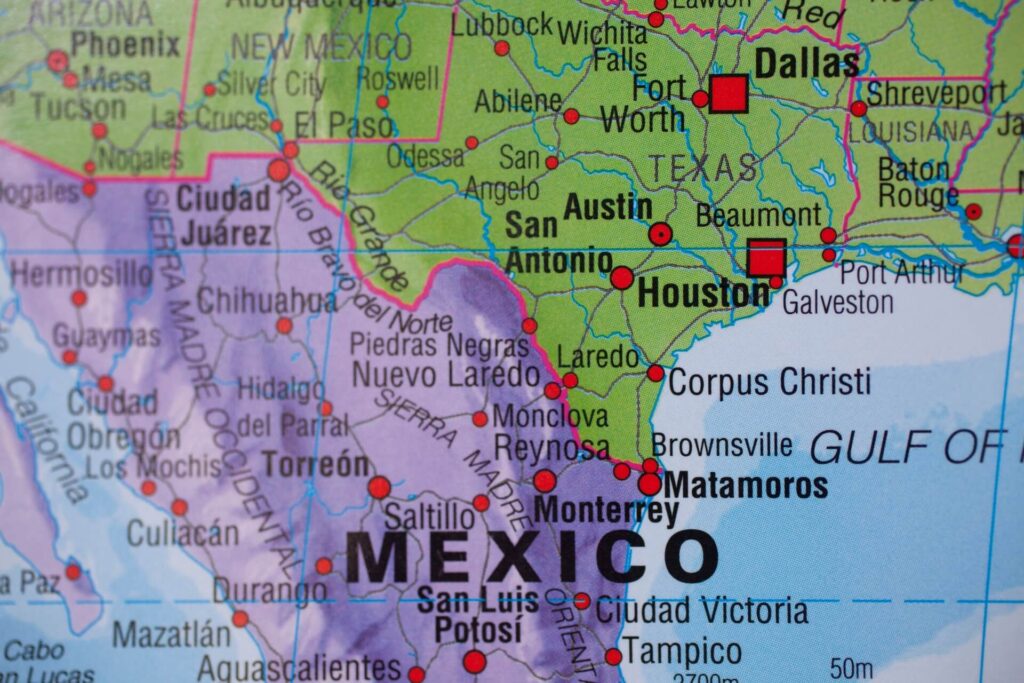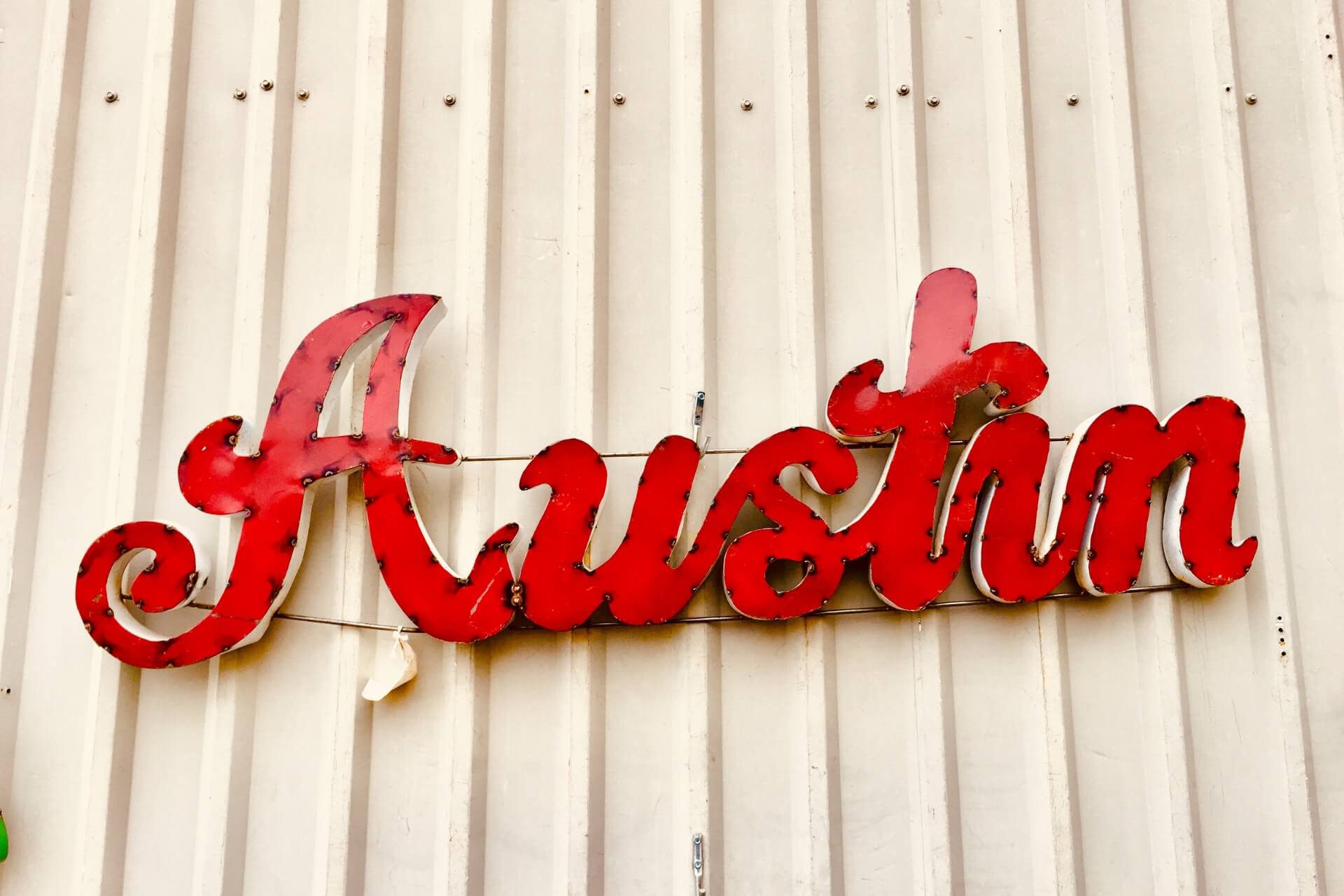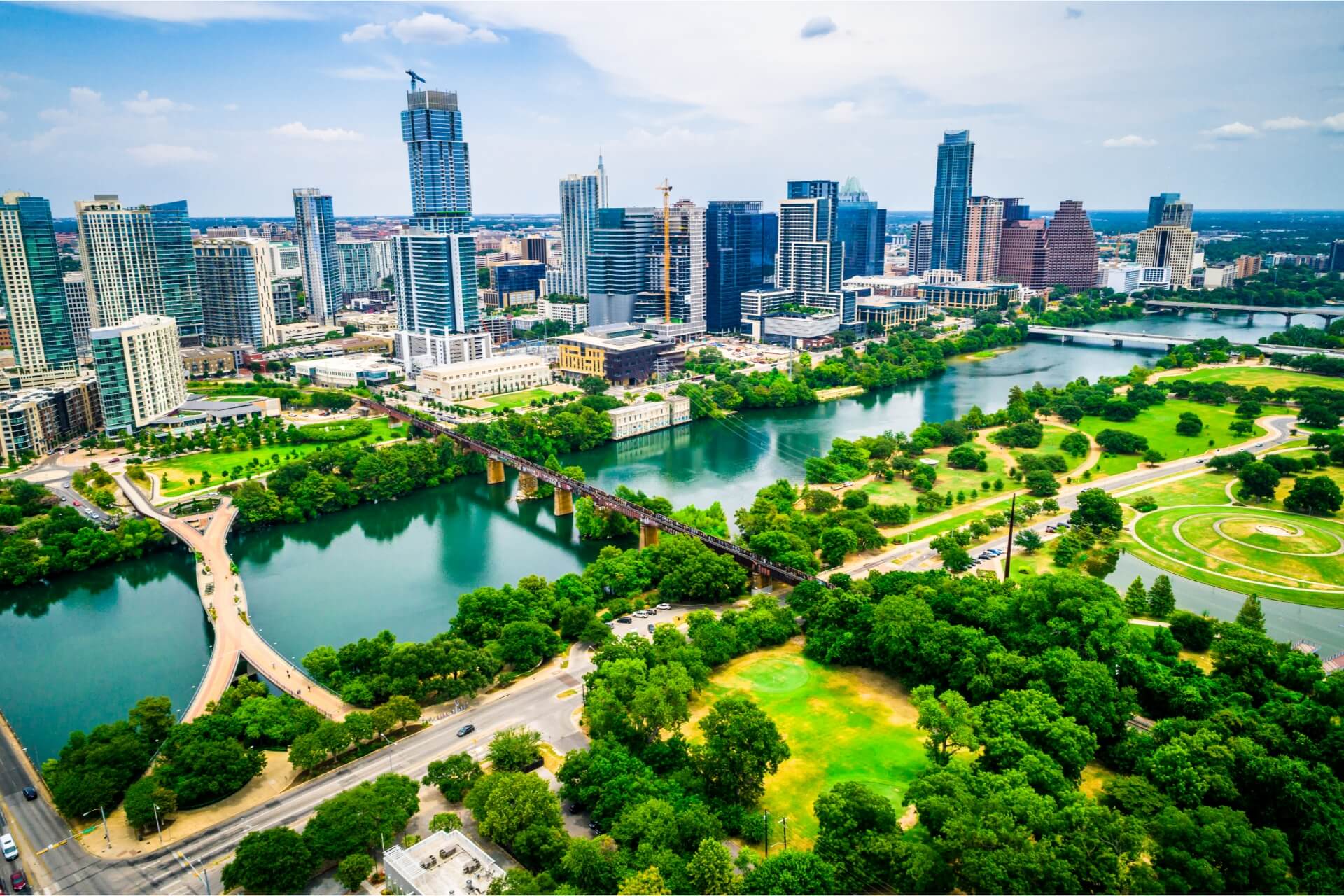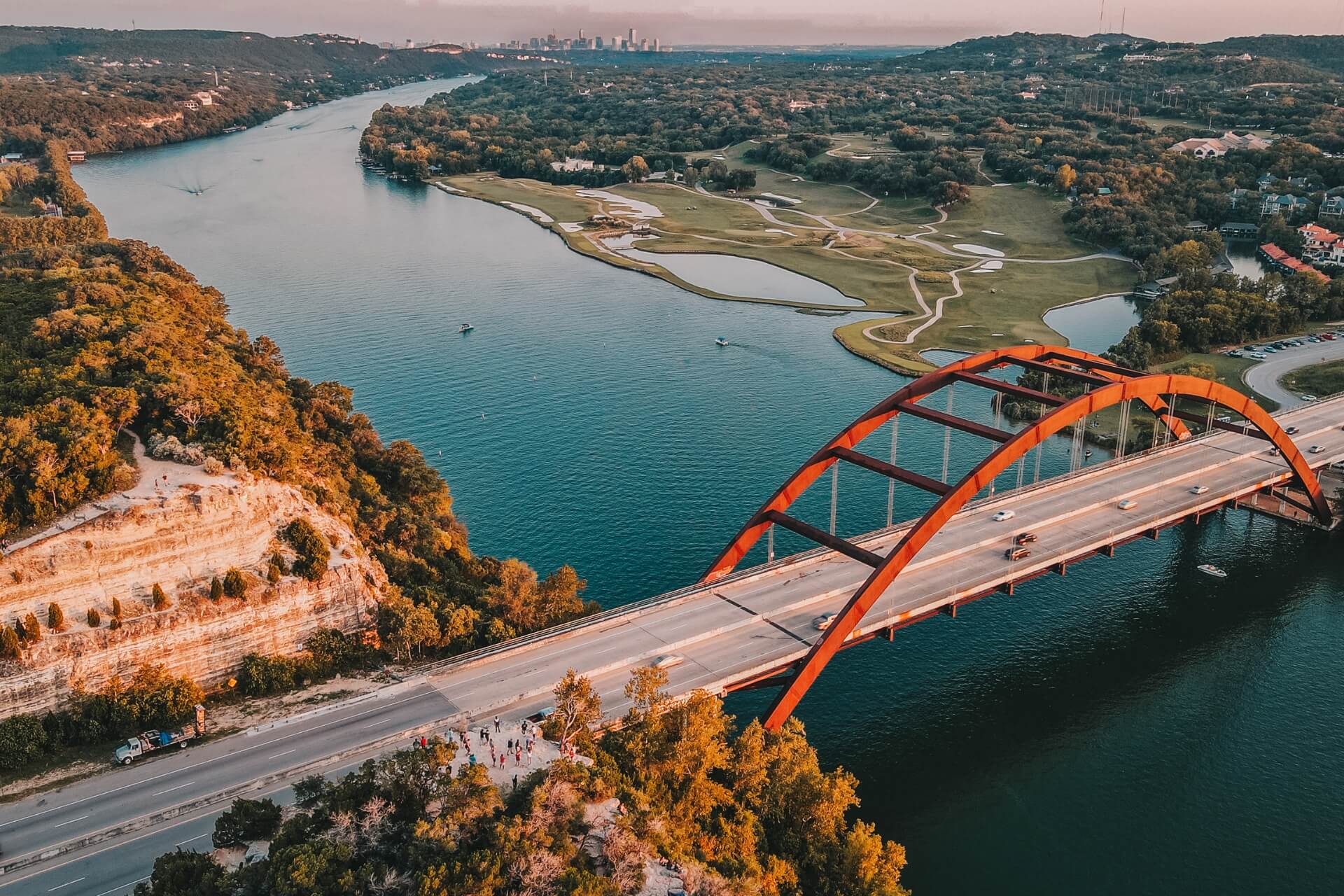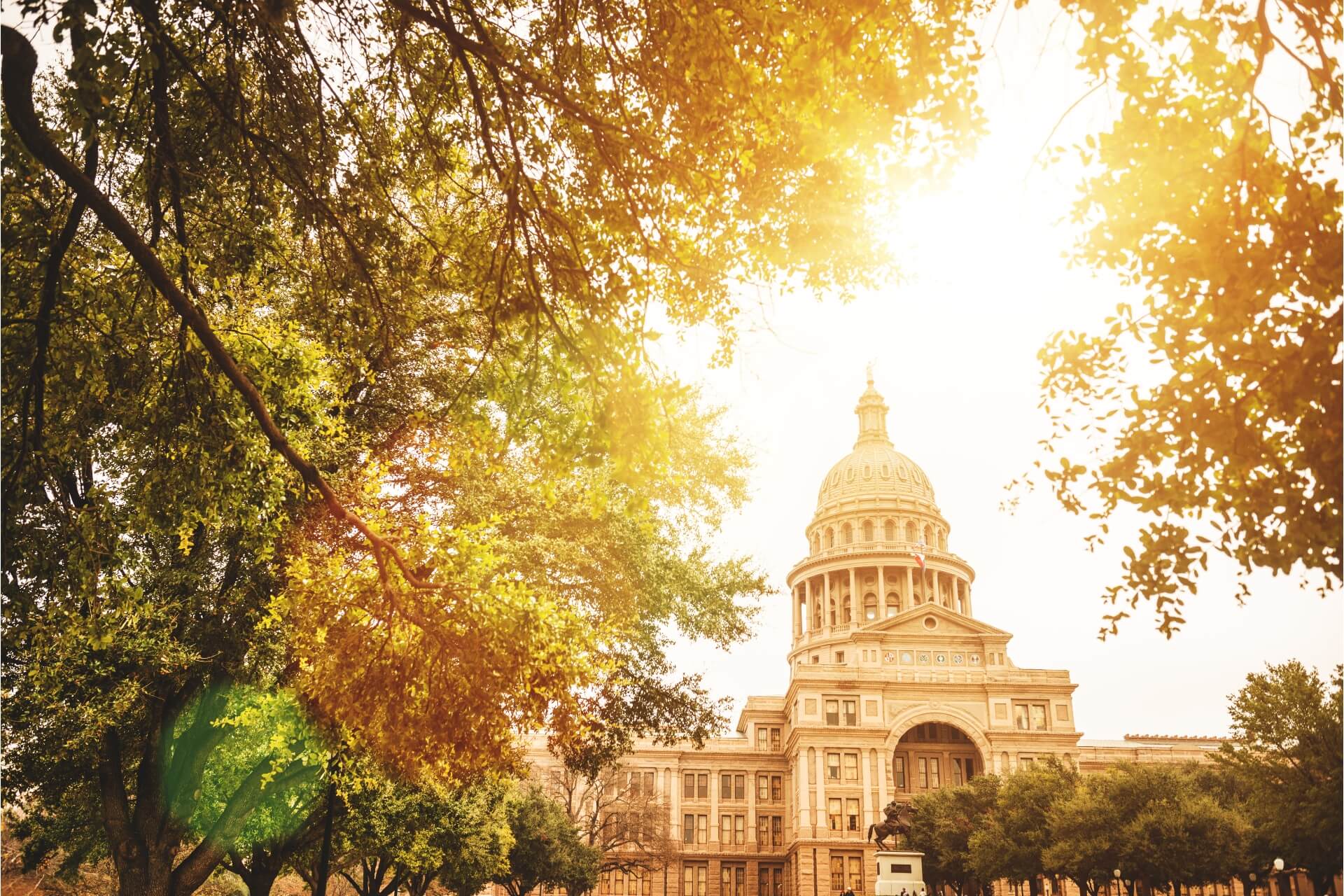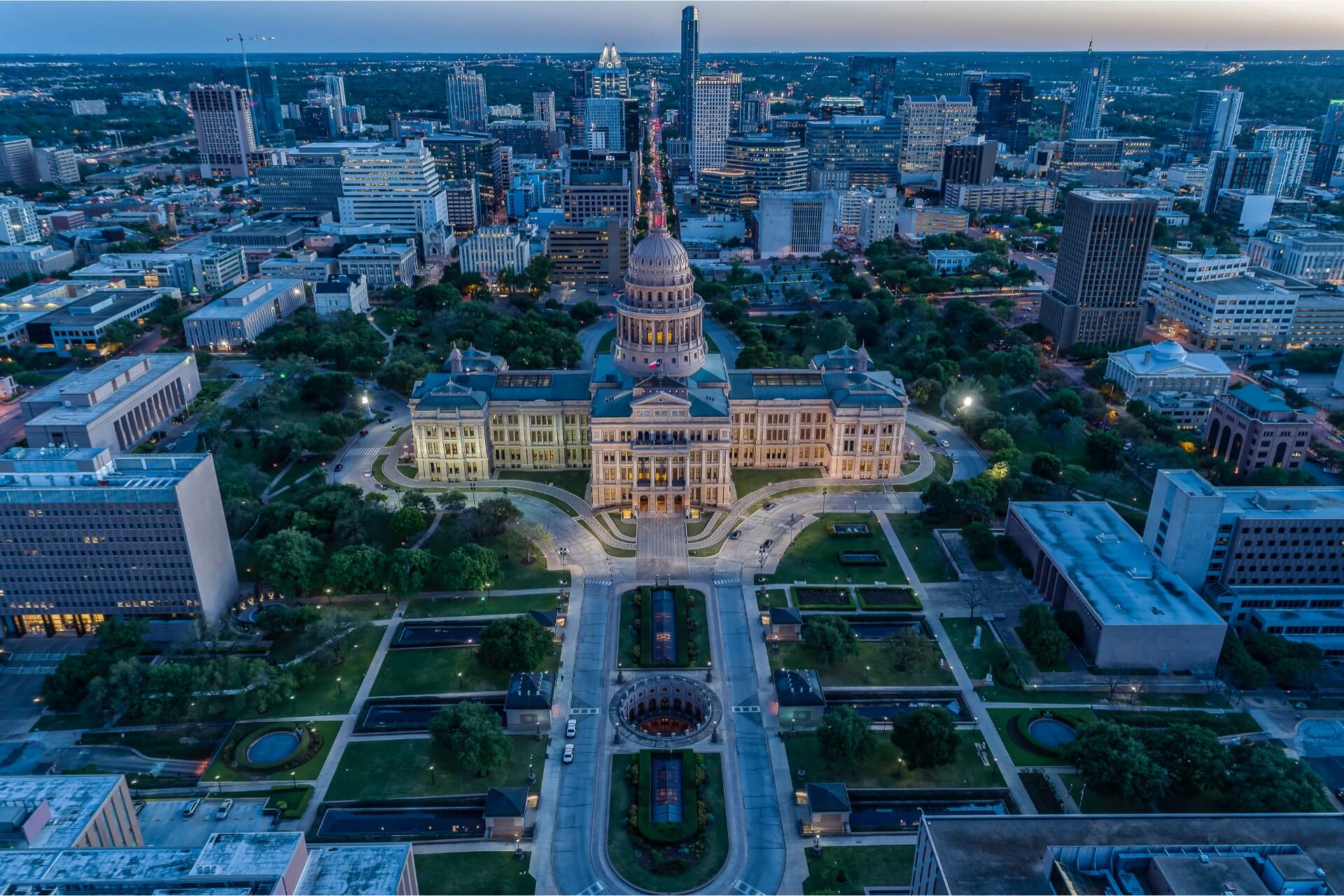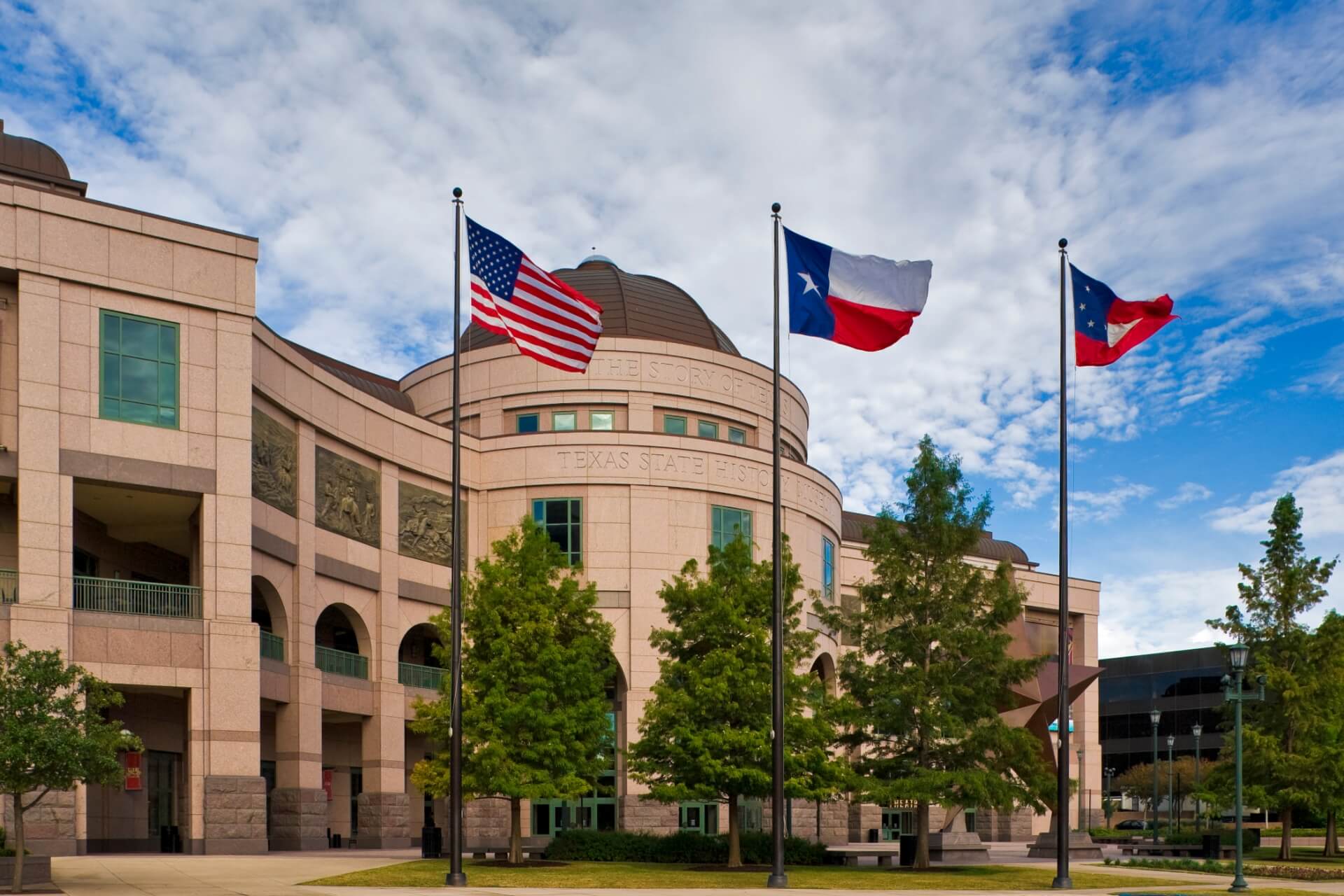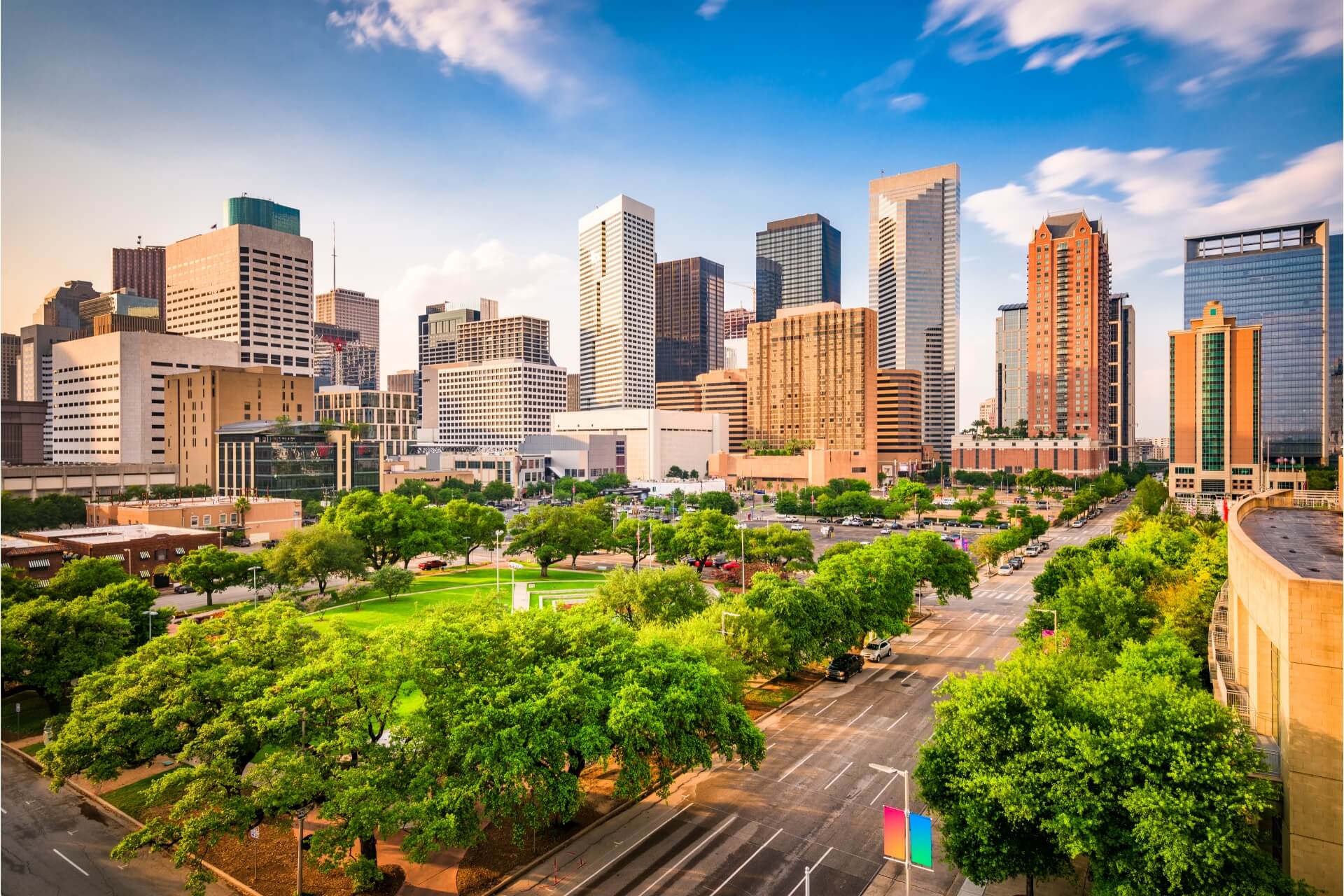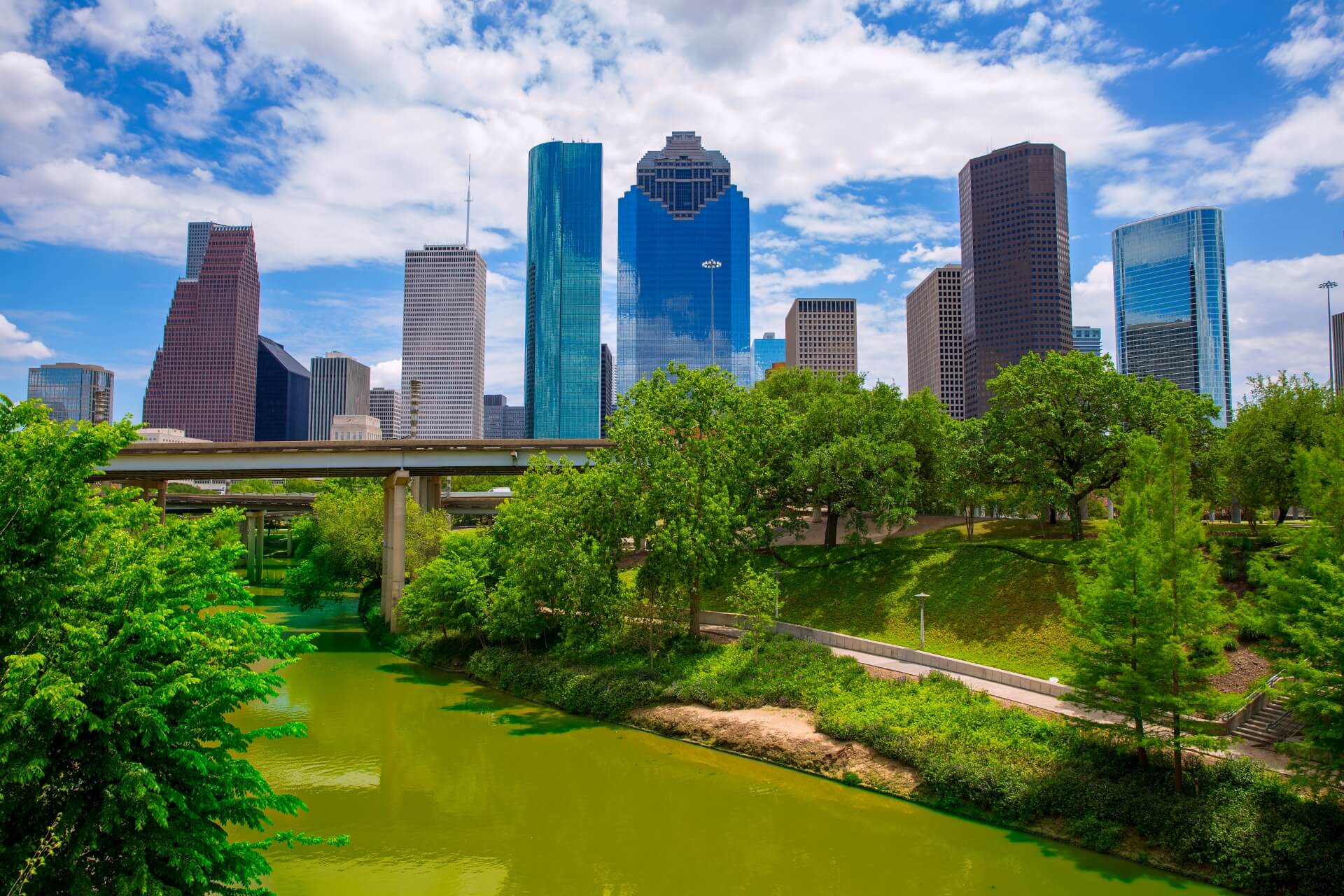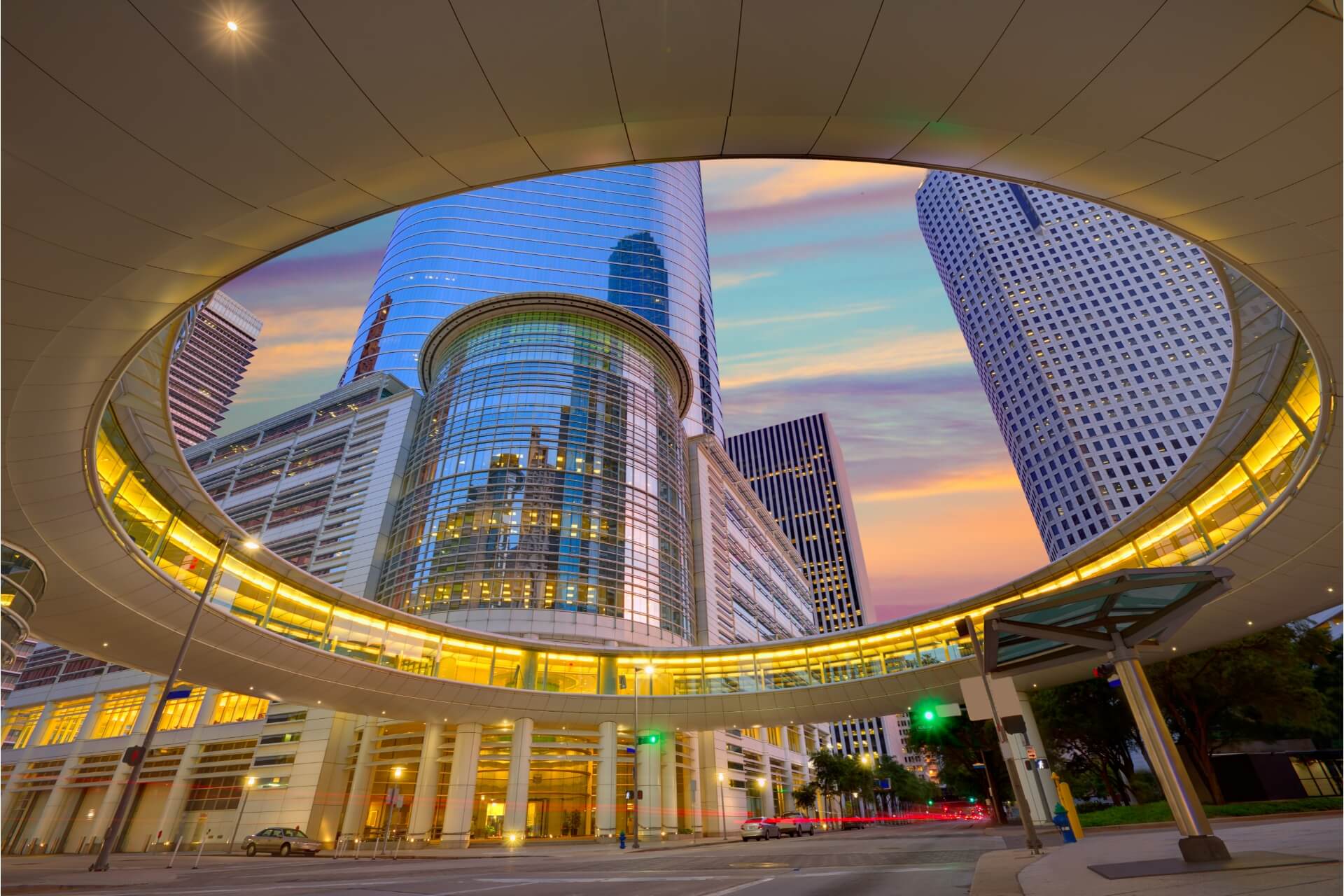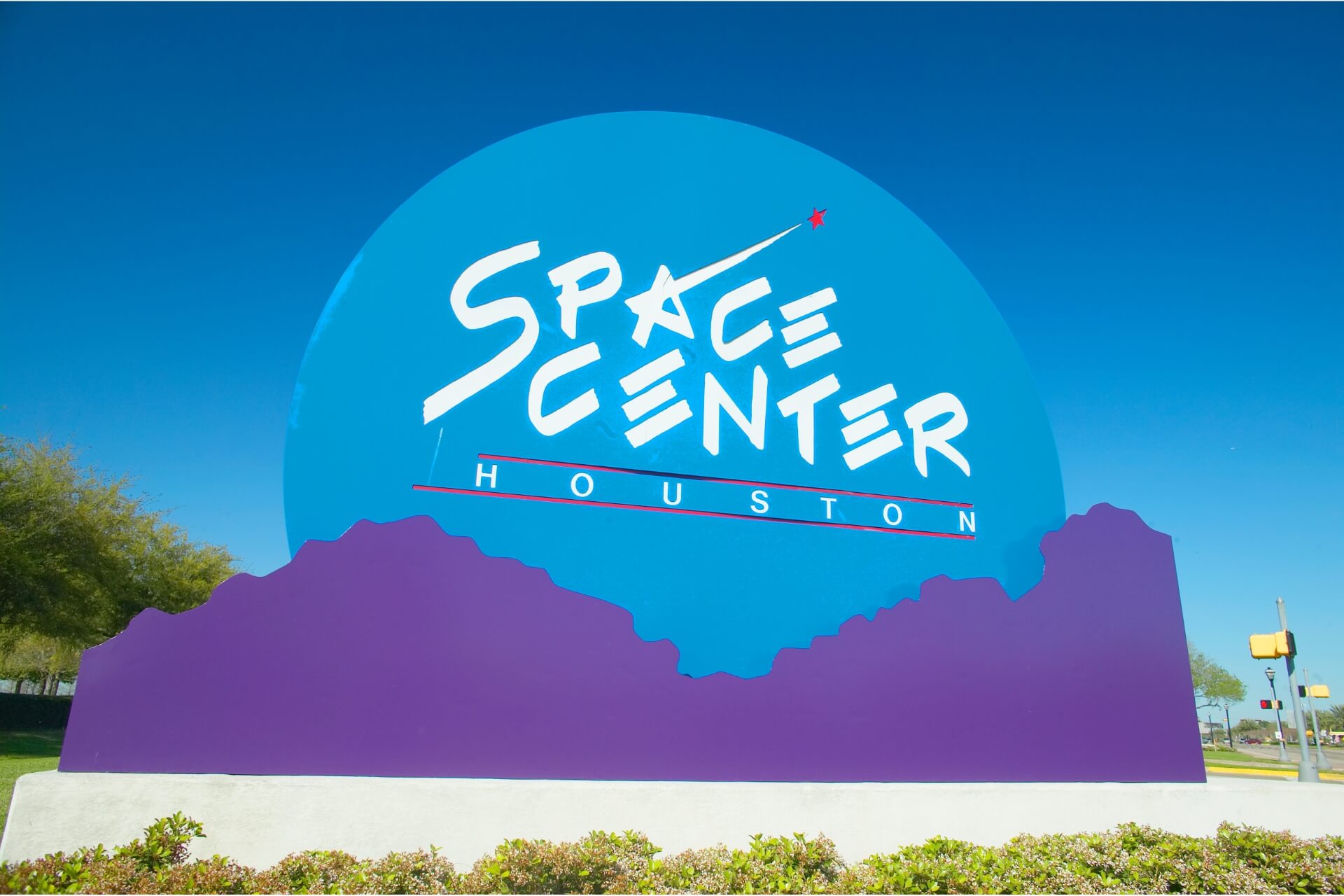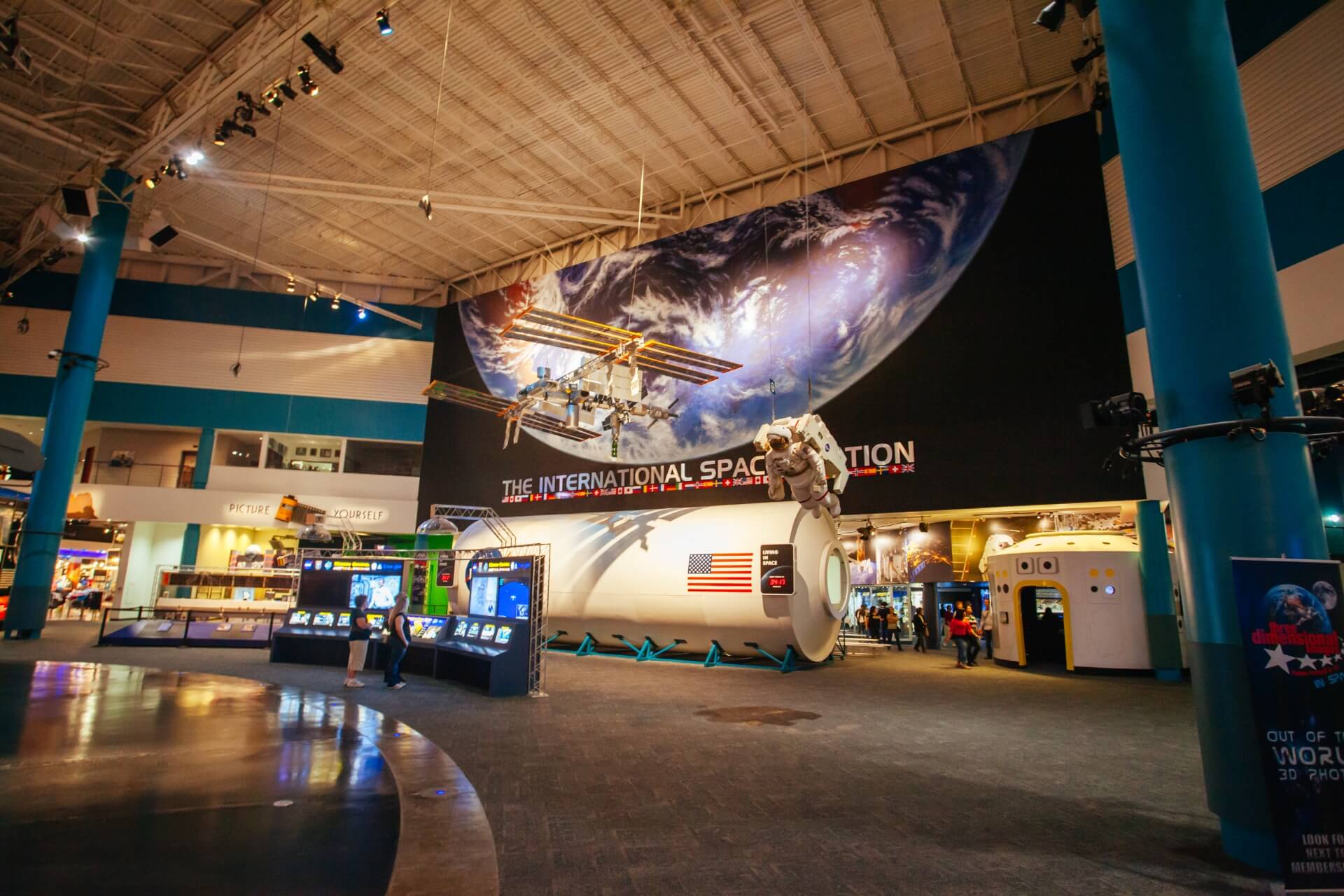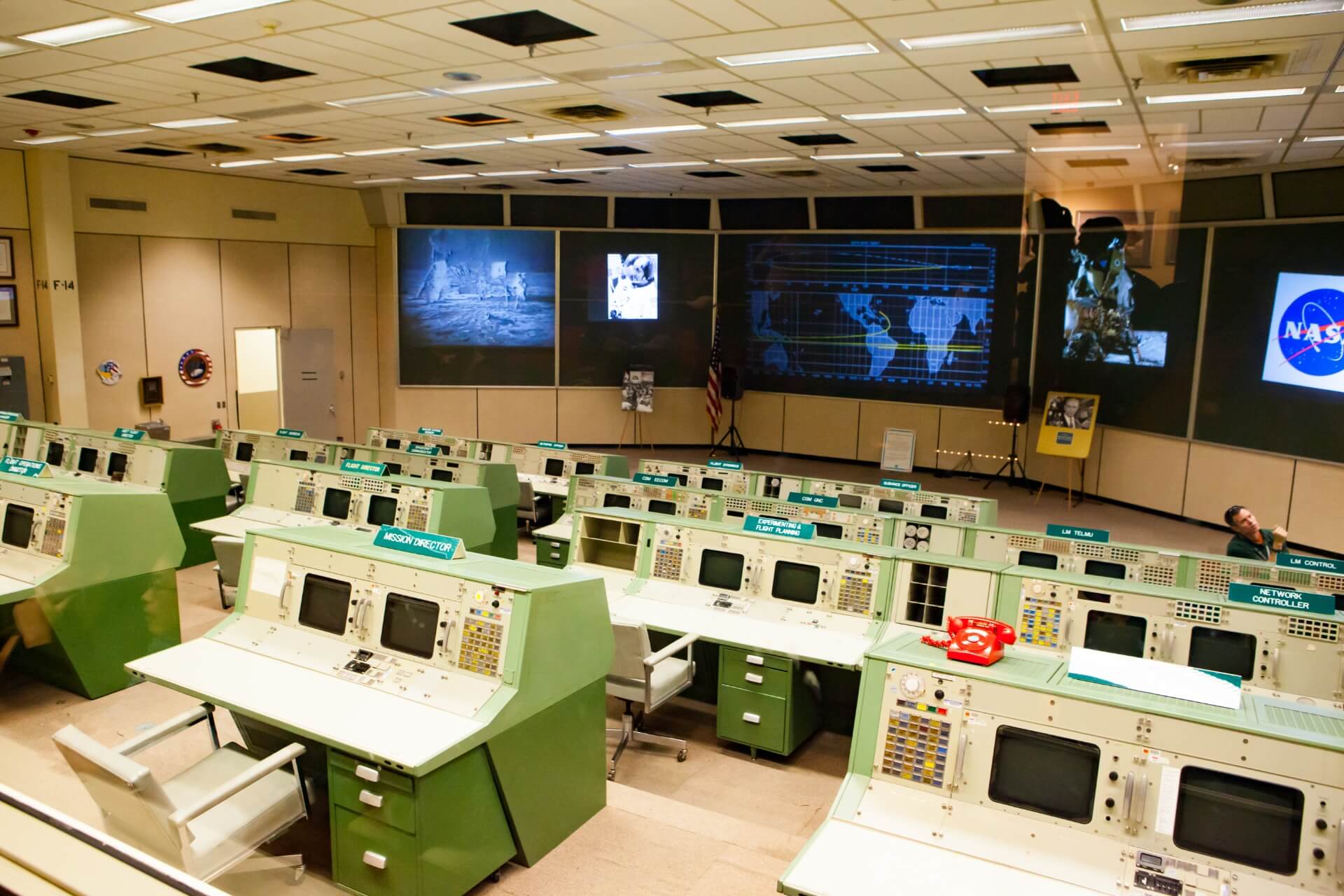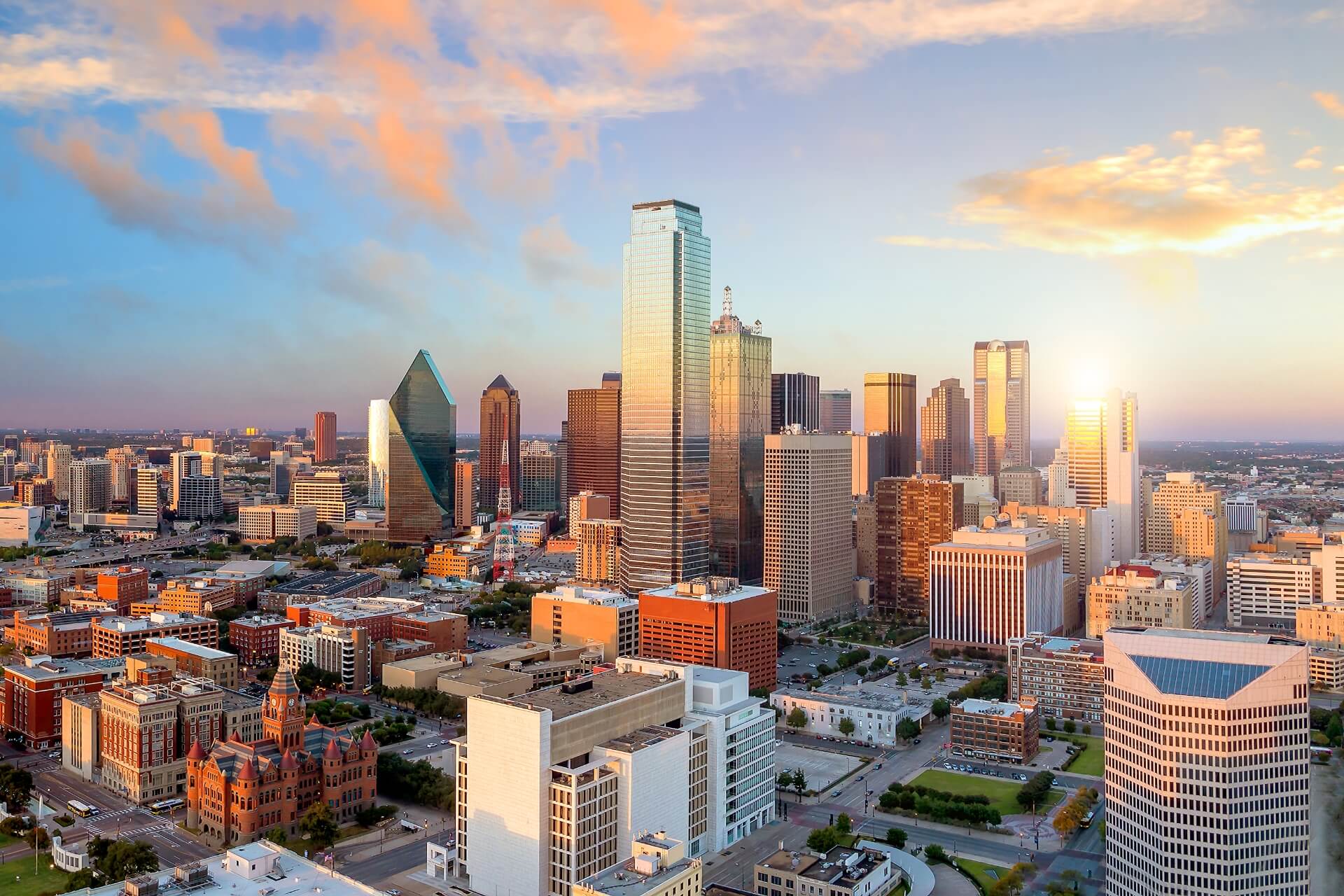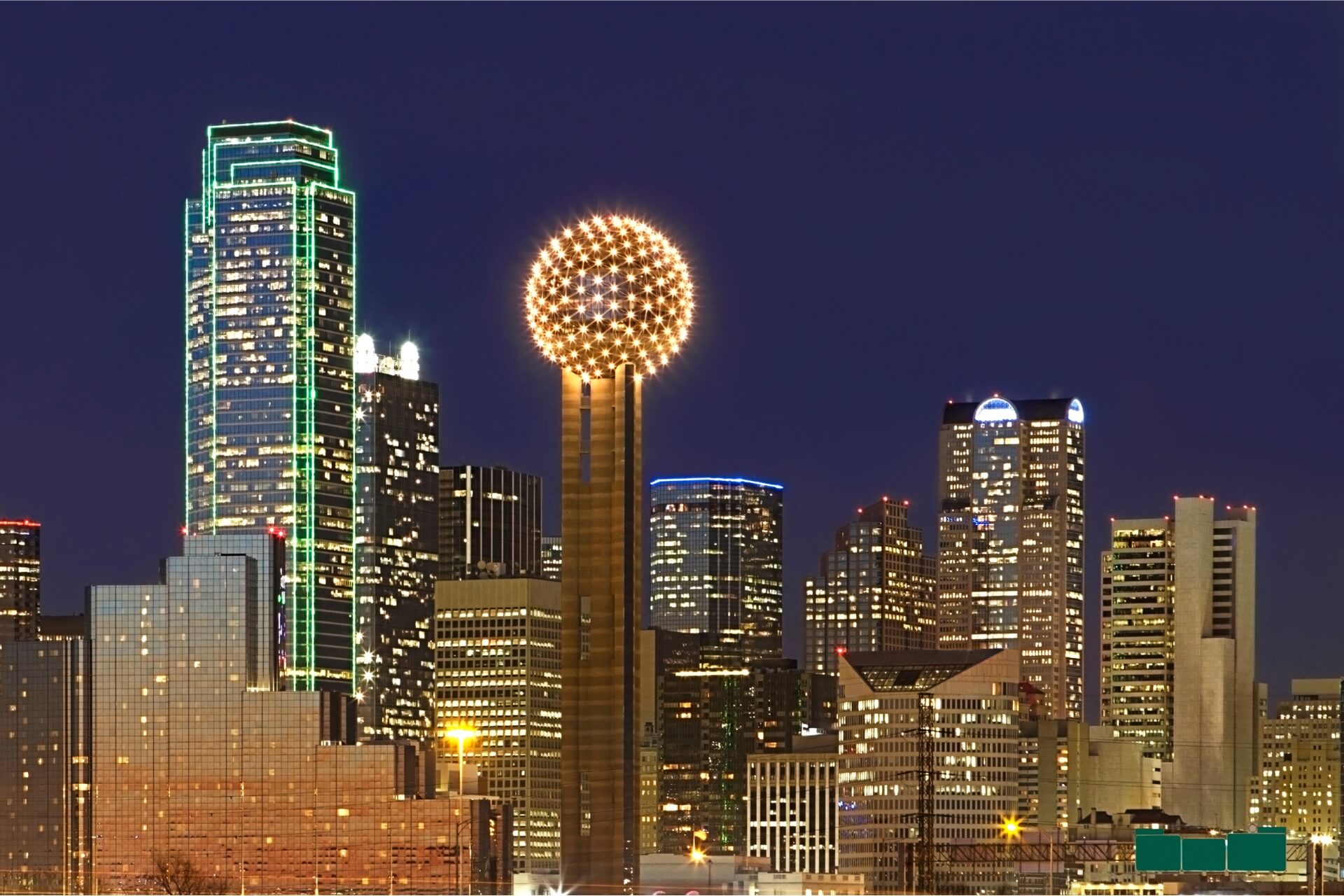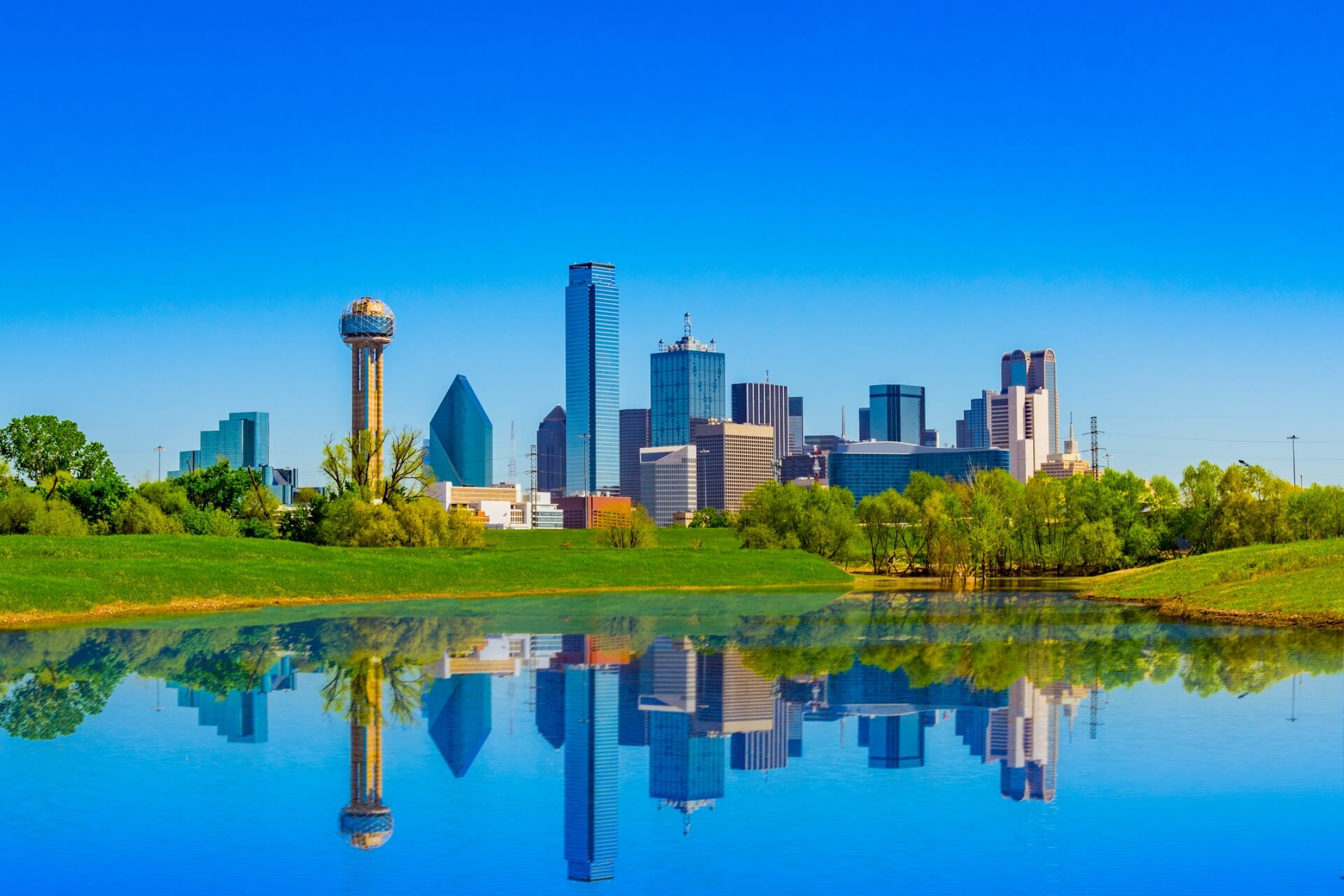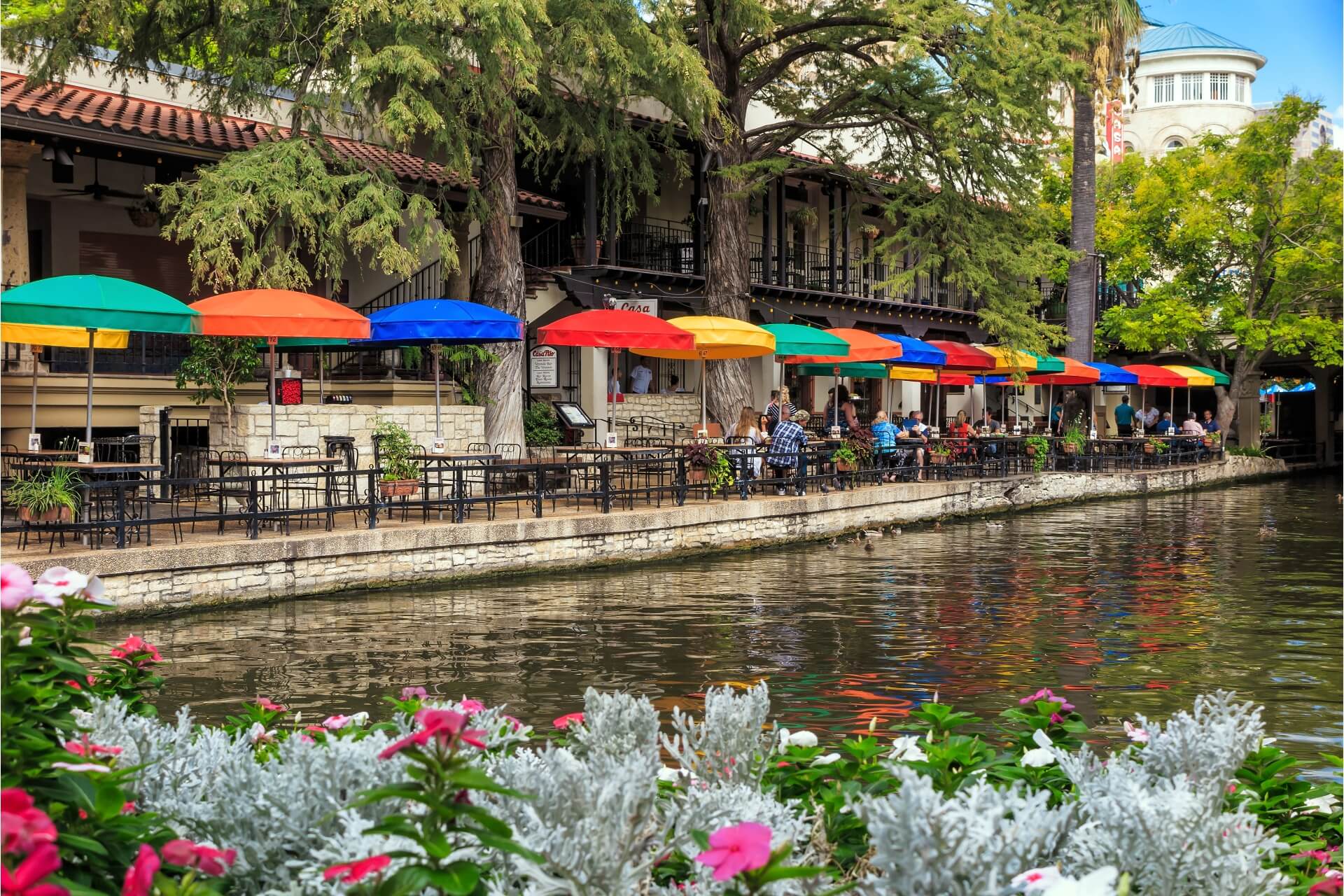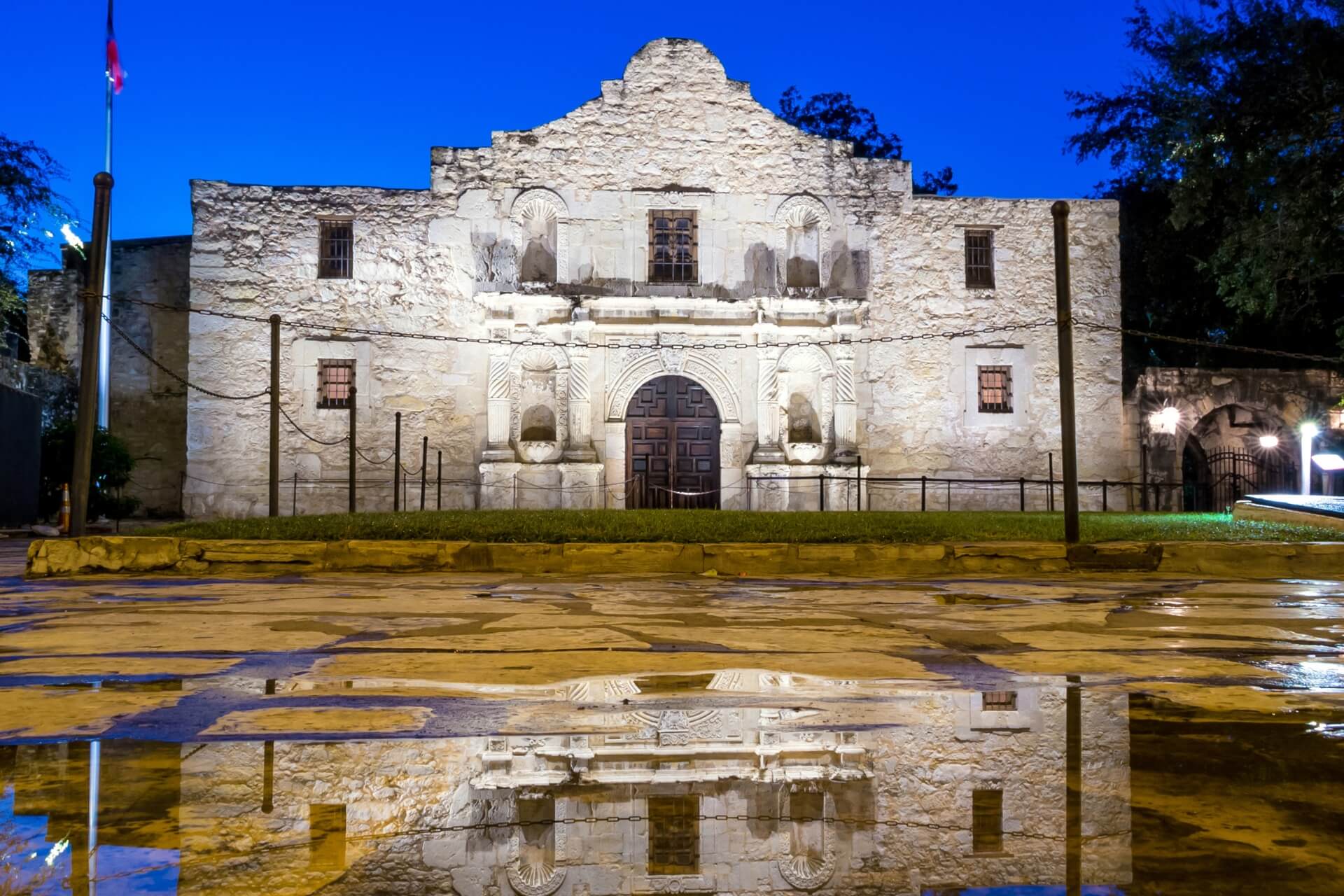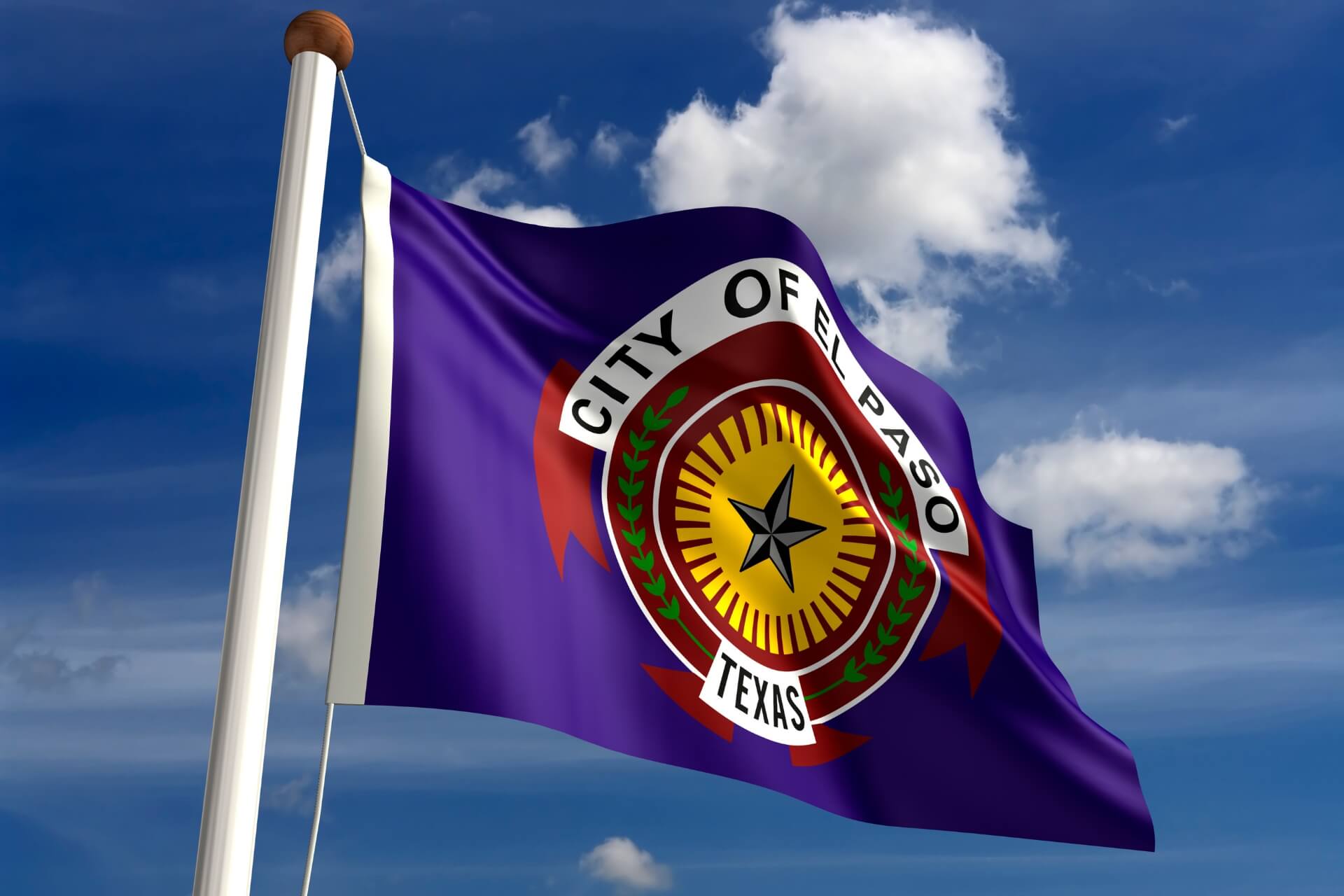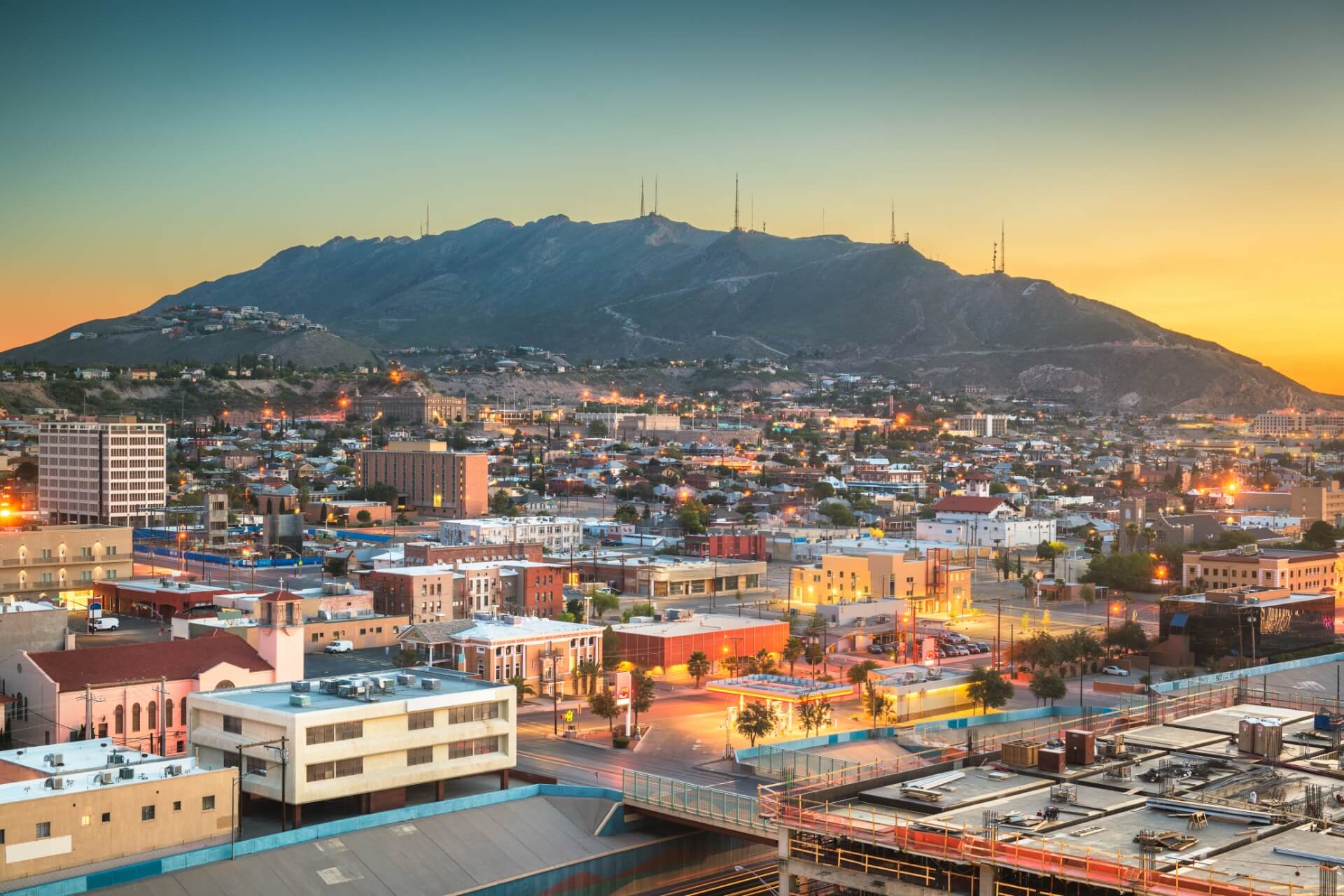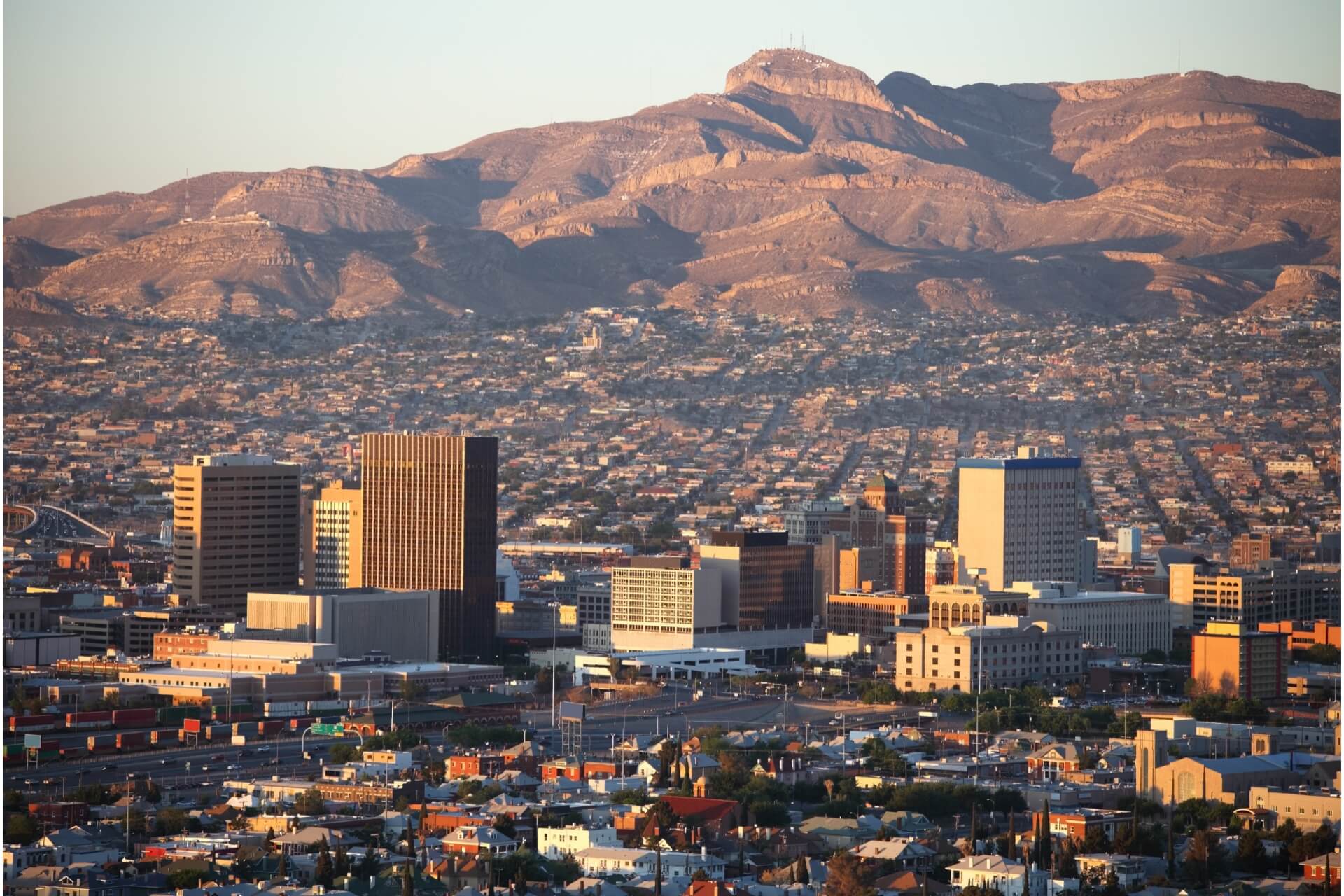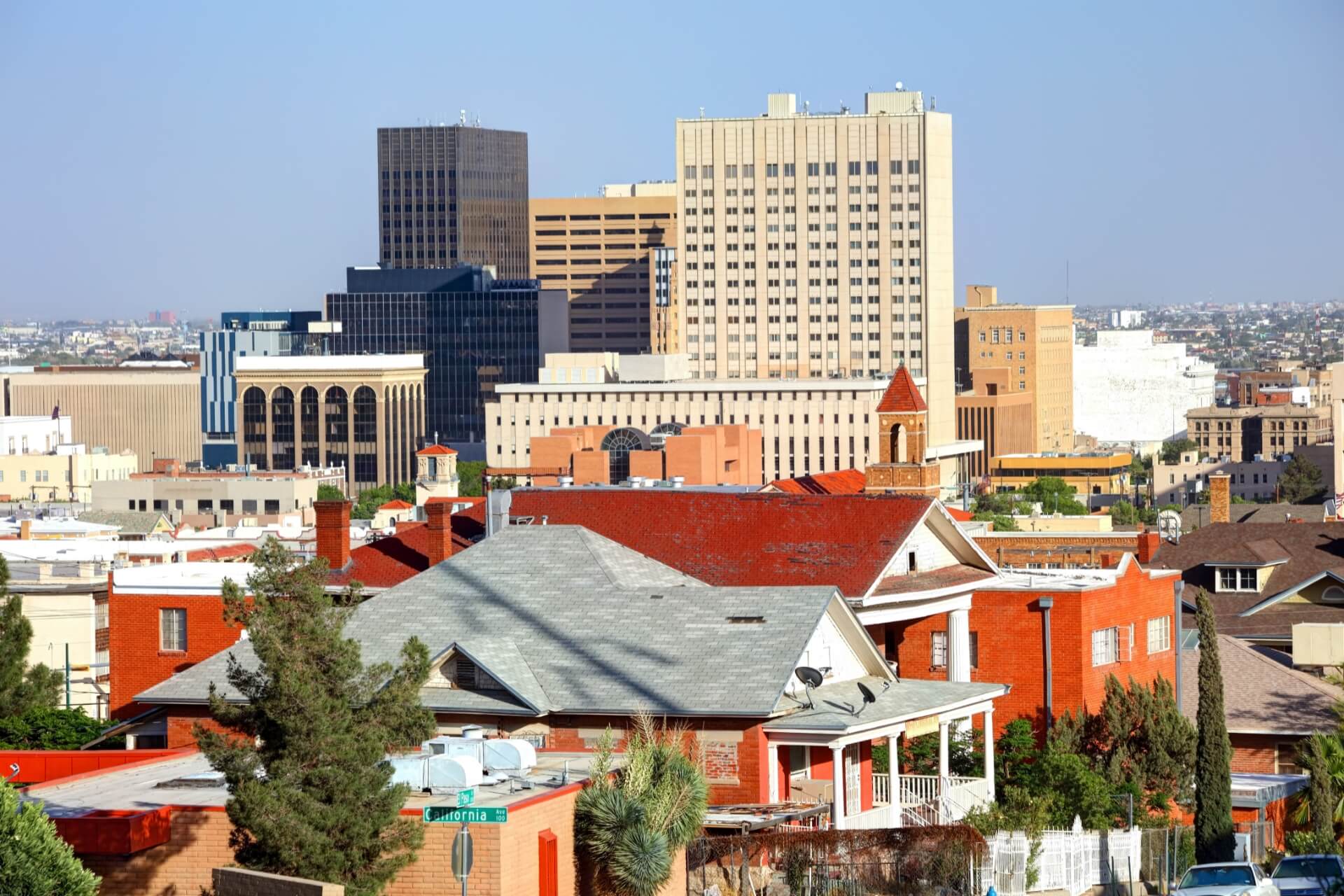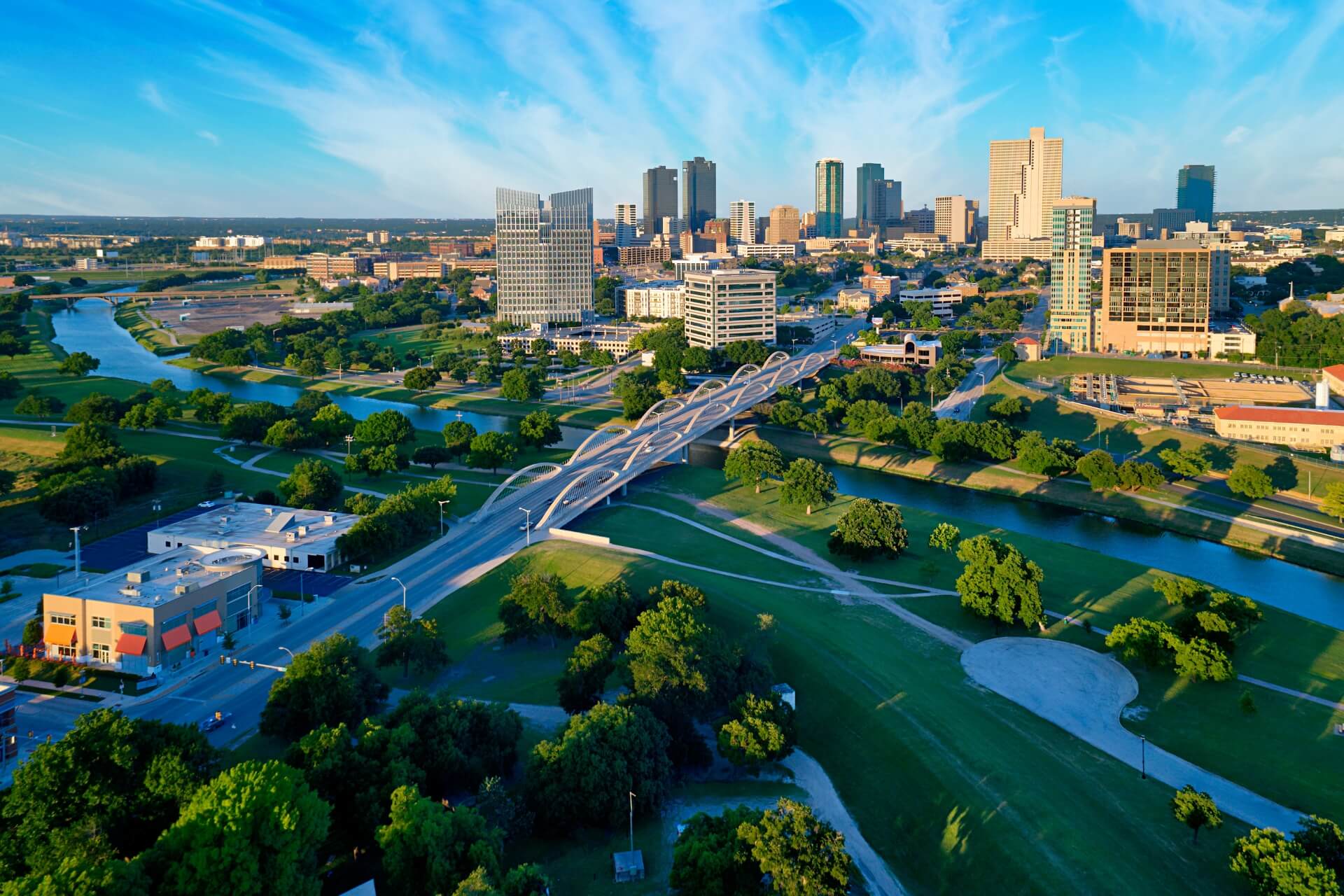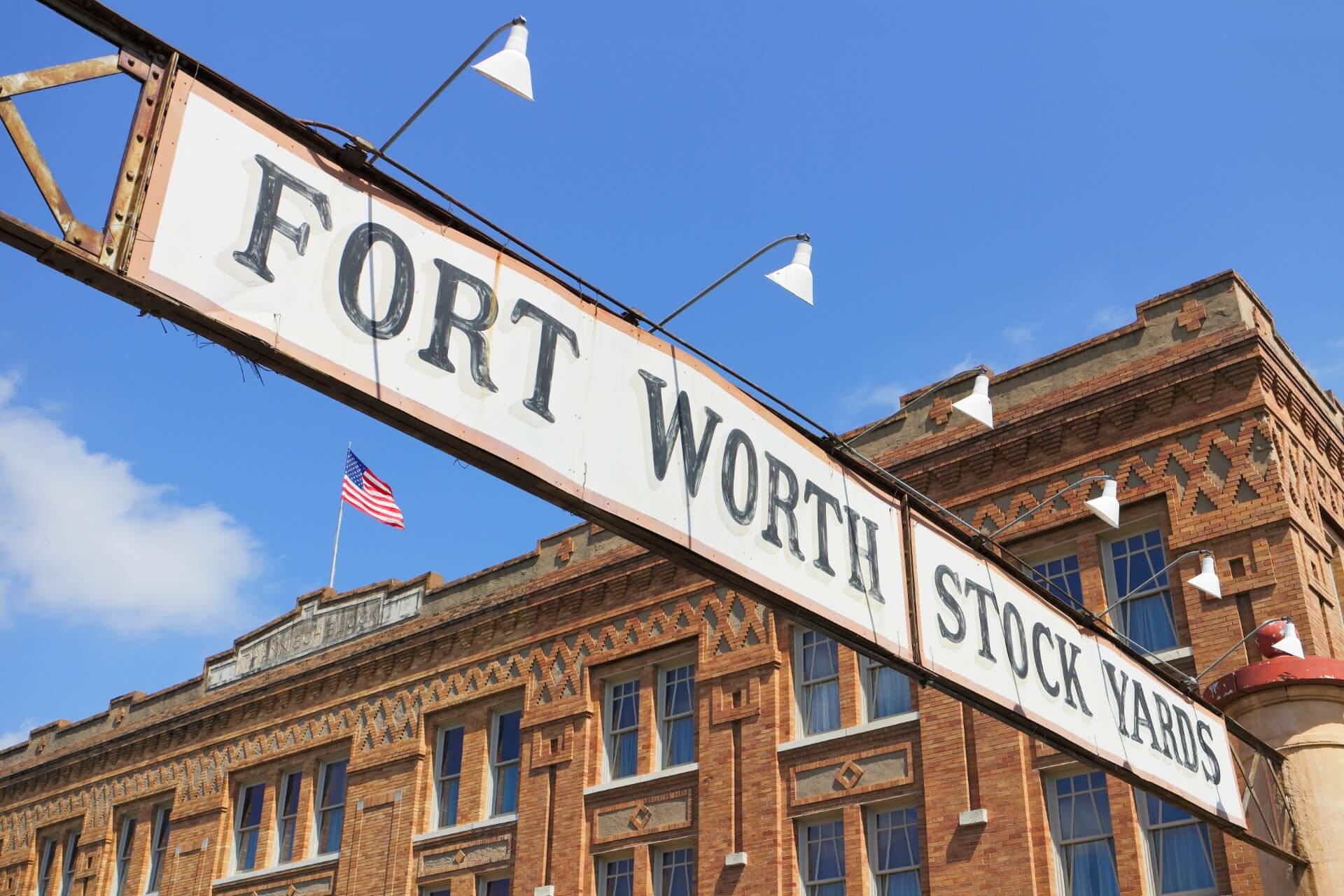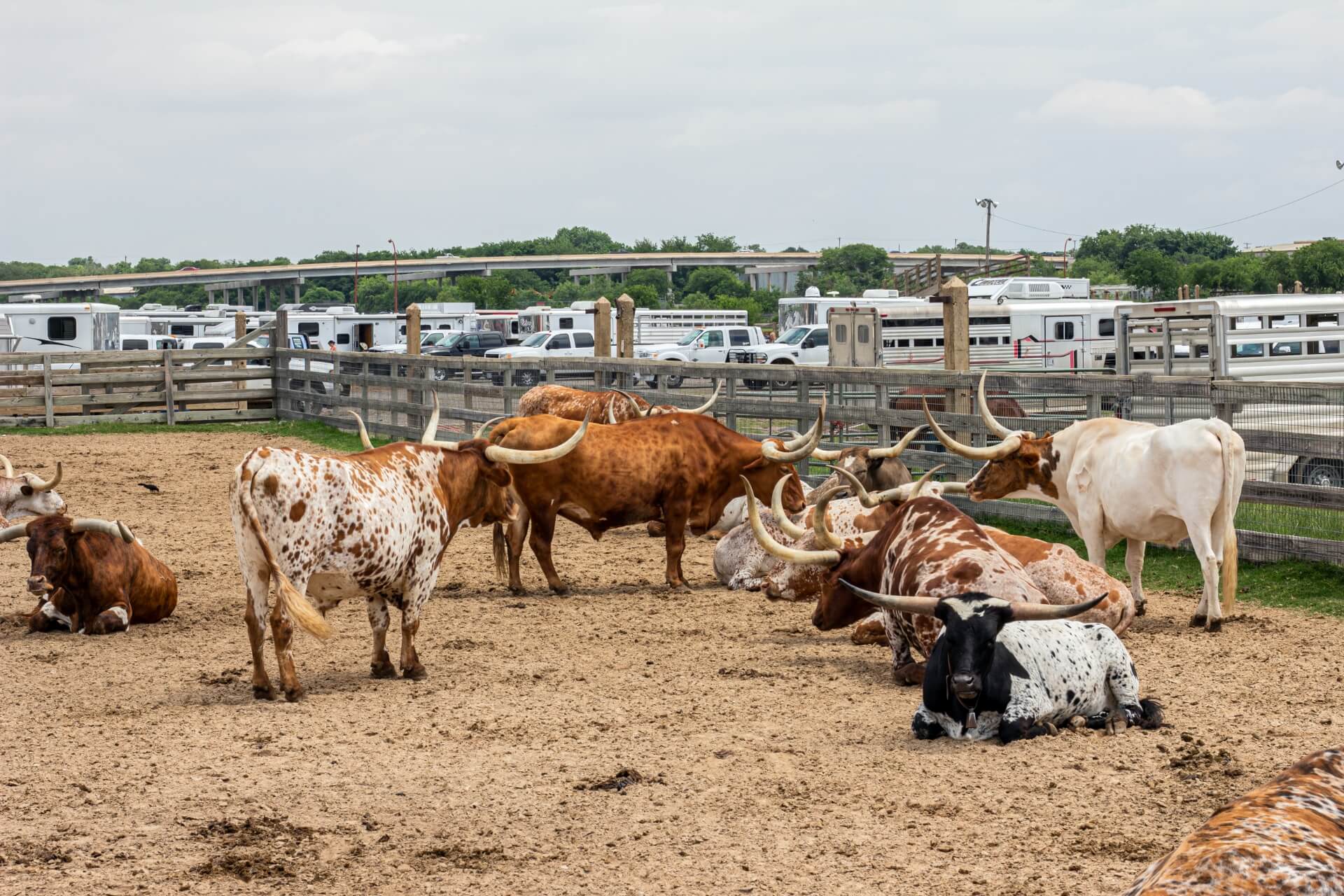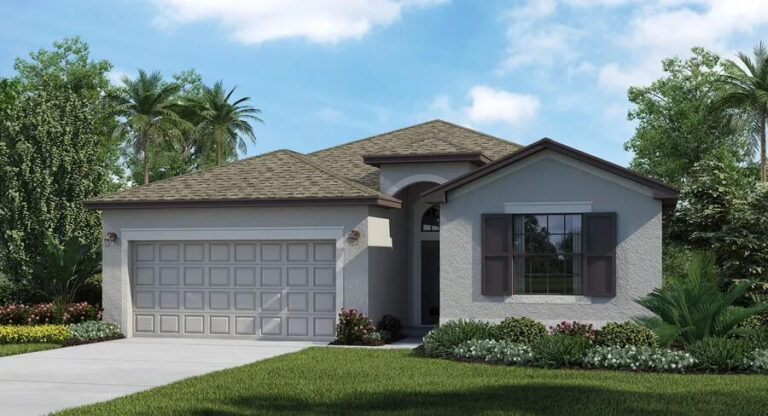From Austin, the capital city, to Houston, the Space Center metropolis – join us for a tour of the major cities in Texas!
Texas is huge. It is the second largest state in the United States, after Alaska.
Strategically located between the Deep South, the desert states of the West, and the central Great Plains, the diversity of landscapes, environments, and climates that the state offers is nothing short of astonishing.
Its resources have driven strong economic growth and prosperity while historical events and social changes have shaped an original and distinctive culture with a bold identity and distinctive traits.
All these features make Texas a fascinating and unique place, a top destination chosen by millions of tourists and new residents who want to begin a new chapter of their life in the state every year.
But which city in Texas should you choose to buy a home?
Austin, capital of Texas and of live music
The capital of Texas is Austin, the state’s fourth most populous city with nearly one million residents. The city lies on the course of the Colorado River and has the classic sub-tropical climate that characterizes most of the state. It is a very bubbly and vibrant city where it is hard to get bored. The live music capital of the world, Austin is teeming with venues where different bands perform every night. In the heart of the city, 6th Avenue is the main street for entertainment, with restaurants for every taste and price range and bars to entertain and listen to good music.
If you prefer a cultural visit, you cannot miss the Texas State Capitol, the state government building that is interesting for its architecture, in addition to its institutional value. Its dome resembles that of Capitol Hill but it is even bigger! Another essential stop for lovers of American history is the Lyndon Baines Johnson Library and Museum, one of thirteen presidential administrative libraries in the United States. In addition to its eye-catching and quirky exterior, looking like a cube with a slab resting on top, it is the interior of the building that is the real surprise: millions of pages of historical documents to sift through and an incredible reproduction of the Oval Office, furnished and decorated as it was during Johnson’s presidency.
If you love museums you have plenty to choose from in Austin. The Bullock Texas History Museum, for instance, is ideal for learning about and delving into Texas history, while the Blanton Museum of Art is home to one of the largest art collections in the U.S. The Mexic Arte Museum, instead, is dedicated to the Mexican culture that has made the history of this state. You are spoiled for choice.
Austin is also a very nature-friendly city with plenty of public parks and green areas for seeking refuge on hot summer days and enjoying a walk surrounded by nature.
Discovering Houston, America’s Space City
Houston is the most populous city in Texas. Crossed by the Buffalo Bayou, a waterway more than 53 miles long, it has a mild climate in winter and humid in summer. It is a very diverse city with a large multicultural community, a perfect blend of Tejano (descended from Mexican culture), Mexican, African-American, Indian, and pure Texan cultures.
Downtown is the beating heart of Houston. Located at the north end is the Historic District, its quaint buildings make you feel like you have stepped into an old-fashioned neighborhood, despite the skyscrapers looming nearby. At the center of downtown, on the other hand, is Market Square Park, with green spaces, live music, and outdoor evening events. For space enthusiasts, Houston is home to the Space Center, the visitor center of the Johnson Space Center, from where the official NASA missions are monitored.
Dallas: The Big D, the most authentic face of Texas
The city of Dallas is the economic heart of Texas, particularly attractive to entrepreneurs and merchants from its earliest development. However, Dallas is also tragically world famous for the assassination of President John Fitzgerald Kennedy that took place here in 1963.
Dallas is an extremely diverse city with several very different neighborhoods, each with its particularities. For example, the historic West End district is a reminder of the city’s origins and evolution. Most of the buildings here are made of red brick, and what were once old warehouses and storerooms have now been converted into restaurants and stores. The Art District, on the other hand, is the largest of its kind in the United States and houses the major museums of Dallas. Art is everywhere in this neighborhood. If you’re not a fan of museums, you can take a tour of the murals that color the walls of buildings or admire the many monuments that embellish the streets.
San Antonio: On the trail of the Battle of the Alamo
San Antonio is a bustling south-central Texas city remembered in the country’s history for being the site of the 1836 Battle of the Alamo that led to Texas’ independence from Mexico. Fort Alamo, in downtown San Antonio, is where the battle between Texans and Mexicans took place. Here you can visit the church and the convent, which house artifacts from the famous battle.
With more than 300 years of history, La Villita, once a small historic village and today an arts and cultural district, is the cornerstone of the founding history of San Antonio. Strolling down its cobblestone streets along the riverbank, you are likely to encounter thriving communities of artists and artisans whose passion creates unique works of art, such as handmade jewelry, paintings, wax sculptures, and textiles.
El Paso, the perfect blend of history, culture, and nature
True to its nickname, the Sun City has an average of 320 days of sunshine a year. El Paso, located in West Texas, is a fascinating and unique city. Sharing an international border with Mexico, it is a vibrant crossroads of cultures and influences that generate a dynamic and engaging atmosphere.
In addition to being known for its sunny days, desert landscapes, and spectacular views of the surrounding mountains, El Paso also boasts a rich history that includes ancient Native American settlements and the Spanish presence in the region. The city offers a unique blend of authentic Tex-Mex cuisine and a vibrant arts and cultural scene. One of the best-known landmarks is Franklin Mountains National Park, a site of outstanding natural beauty with plenty of opportunities for hiking and birdwatching, one of the most popular activities in Texas.
Choosing to purchase a pre- or under-construction home in El Paso, Texas, means choosing to join a warm and welcoming community with a border location that provides an opportunity to connect with people from diverse cultural and social backgrounds.
Fort Worth, the unexpected city
Known as the cattle and culture city, Fort Worth is located in North Texas and is characterized by its deep roots in cowboy history and ranching. Fort Worth Stockyard is one of its largest historic districts where you can immerse yourself completely in the atmosphere of the Old Wild West, complete with rodeos, saloons, and cobblestone streets.
But if you think that this is all Fort Worth has to offer, you will be surprised. The city has experienced great growth and has a vibrant cultural scene, including museums, theaters, and art galleries. The Kimbell Art Museum and the Modern Art Museum, for instance, showcase a wide variety of art and cultural experiences, while the center is directly connected to the 37 blocks of the Sundance Square entertainment district. Here, historic Western architecture meets modern design in a space packed with stores, restaurants, art galleries, venues, offices, and residential life that can be explored on foot.

